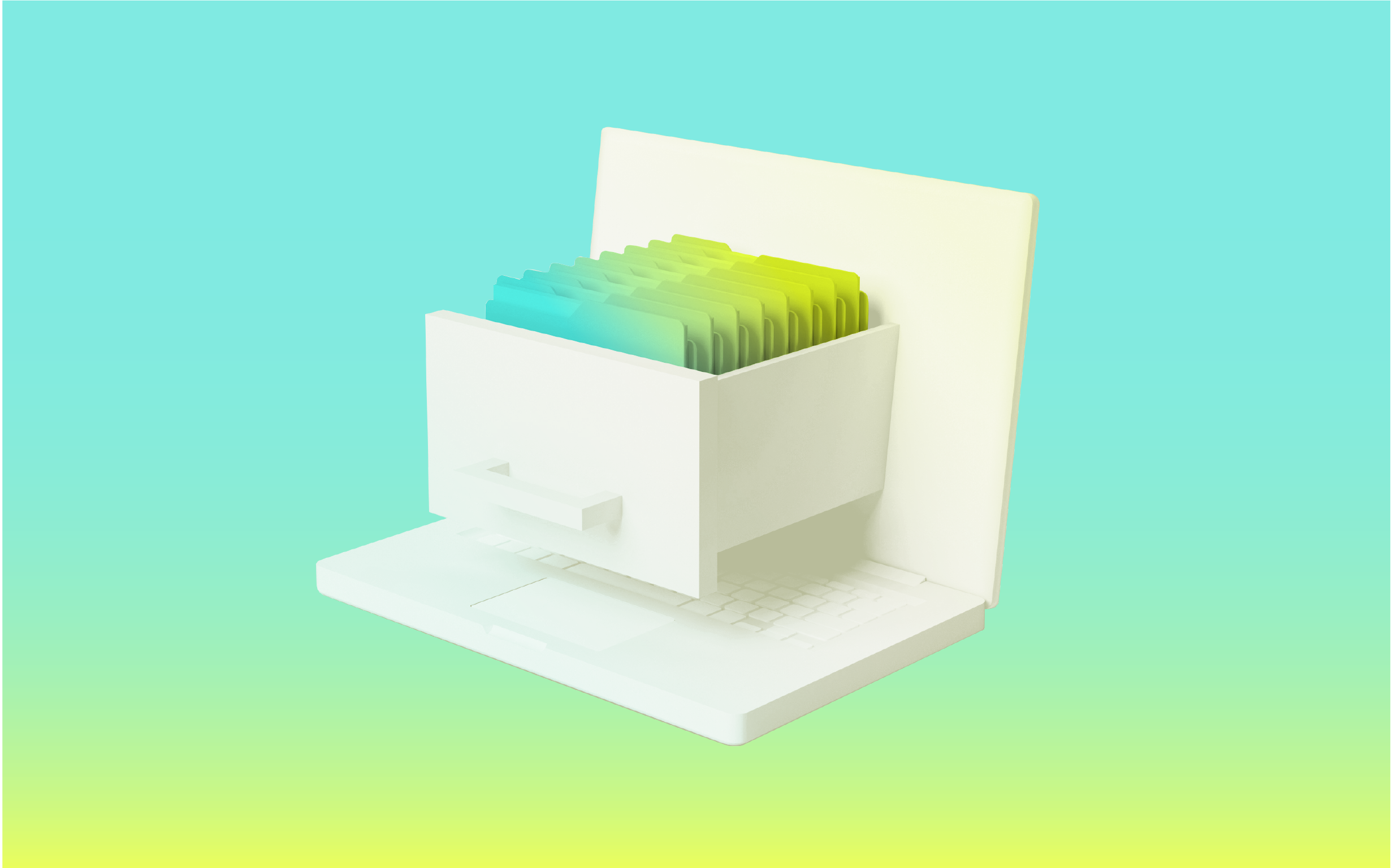What is a bucket in GCP? GCP buckets explained

LogicMonitor acquires Catchpoint, adding Internet and digital experience insight to LM Envision.

Proactively manage modern hybrid environments with predictive insights, intelligent automation, and full-stack observability.
Explore solutionsExplore our resource library for IT pros. Get expert guides, observability strategies, and real-world insights to power smarter, AI-driven operations.
Explore resourcesOur observability platform proactively delivers the insights and automation CIOs need to accelerate innovation.
About LogicMonitor
Get the latest blogs, whitepapers, eGuides, and more straight into your inbox.
Your video will begin shortly
Google Cloud Provider (GCP) Storage uses buckets to store data. In GCP Storage, you can manage files and folders using the same tools and APIs you use to manage files in a standard container. Using GCP buckets, you can store any type of file, photo, video, or even projects.
Essentially, GCP buckets are logical containers for your data. There is no limit to the number of buckets you can create; each bucket can hold any amount of data. Since they’re designed to be universally unique, the names of the GCP buckets cannot be changed.
The Google Cloud Provider Storage data model is built on buckets. GCP Storage buckets allow you to organize your data and access your buckets’ data using the same tools you would use to access data in your GCP Storage account.
You can create buckets in GCP Storage using the Buckets resource. All buckets share a single global namespace. An object contained in GCP buckets has its own methods for interacting with it. A bucket contains bucket AccessControls, which allows fine-grained manipulation of the access controls of an existing bucket.
When creating the GCP buckets, specify the name, storage size, and access permissions. Next, assign permissions to files and folders within the bucket and then create files and folders.
In the Google Cloud console, navigate to the Cloud Storage Buckets page. Then, select “Create” to start the bucket creation process. When you’ve entered all your GCP buckets information, select “Continue.” Then, as you name your bucket, enter a name that meets the bucket name requirements.
The next step is to determine where your data will be stored. Select a Location type and a Location to indicate where you want to store the GCP bucket data. You’ll also select a default storage class for the data in your bucket. You assign the default storage class to all objects uploaded to your GCP buckets.
Based on your selected storage class and location, as well as your expected operations and data size, the Monthly cost estimate panel in the right pane estimates the bucket’s monthly costs. To control the access to your GCP bucket objects, determine whether you’ll enforce public access prevention. Then select the Access control model for the Bucket’s objects.
If your project’s organization policy already enforces public access prevention, your Prevent Public Access toggle will be locked. You can configure the Protection tools, but it’s not required. Select a data encryption method before selecting “Create” for your GCP buckets.
Accessing your data in buckets is similar to accessing it in GCP Storage accounts. In GCP Storage, you can access your data in buckets you create with the same GCP Storage account or with a separate account.
It is no surprise that Google offers cloud-based services as it is a leader in search and online advertising. There are many services available in the cloud. A good example is cloud storage. You can store files and photos on a cloud storage server without worrying about losing or damaging them.
Cloud storage services such as GCP Storage allow users to store and share files. In GCP Storage, files can be stored in JSON, XML, and Google Protocol Buffer formats. The Google Cloud Provider Object Storage service is also available for storing files in the cloud.
Buckets in GCP are basic containers where you can store data in the cloud. The objects you store in the cloud are contained or stored in buckets. You cannot use buckets the same way you use directories or folders. The creation process is a bit more restrictive. You also cannot delete buckets. Still, buckets are an essential way to organize your data and control access.
A GCP bucket isn’t exactly like a folder, it’s a high-level container for objects, not a file directory. While folders organize files within a computer, buckets are designed for scalability and remote access, often holding millions of files with different permissions and rules.
Your storage class depends on how frequently you need to access the data. Standard is for active data, Nearline and Coldline are for less frequent access, and Archive is for long-term storage. Choosing the right class impacts both cost and performance.
Even with all files removed, some settings or access configurations might prevent deletion. Also, buckets with retention policies or active links may not be deletable right away. Double-check access control and lifecycle rules before trying to remove the bucket.
Yes. You can enforce public access prevention and set fine-grained or uniform access control to allow only authorized users or service accounts to access the contents.
By default, all data is encrypted at rest using Google-managed keys. You can also choose customer-managed or customer-supplied encryption keys during bucket setup if your security requirements need more control.
© LogicMonitor 2025 | All rights reserved. | All trademarks, trade names, service marks, and logos referenced herein belong to their respective companies.
